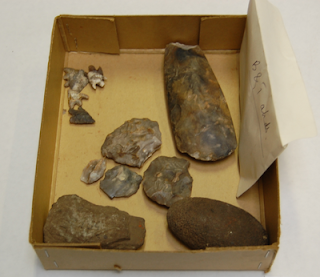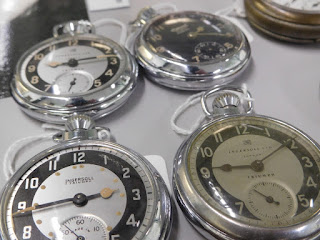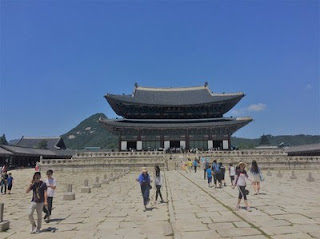Eoliths: stone tool or natural?

First posted: 28th February 2017 In Collections , News And Opportunities Walking on a beach, do you stop to admire a nice looking rock? I do. I have a nice shiny Tanzanian rock sitting on my bookshelf – every time I look at it I am flooded with fond memories of my travels. Victorians liked to do this too. They particularly liked those they thought to be hand axes. Before the Victorians and before the Stone Age was known to exist, some people thought that stone tools were the remnants of lightning bolts. Some even thought they were Roman: woolly mammoth bones with a stone tool were found in London and deemed to be Roman elephants from the time of Emperor Claudius. Eventually, the antiquity of humanity was realised and a classification system for stone tools arose. People longed to find older and older tools – tools which were indicative of the origins of tool making and the earliest humans. The Victorians were finding thousands of very crude tools and these were popping up in muse


